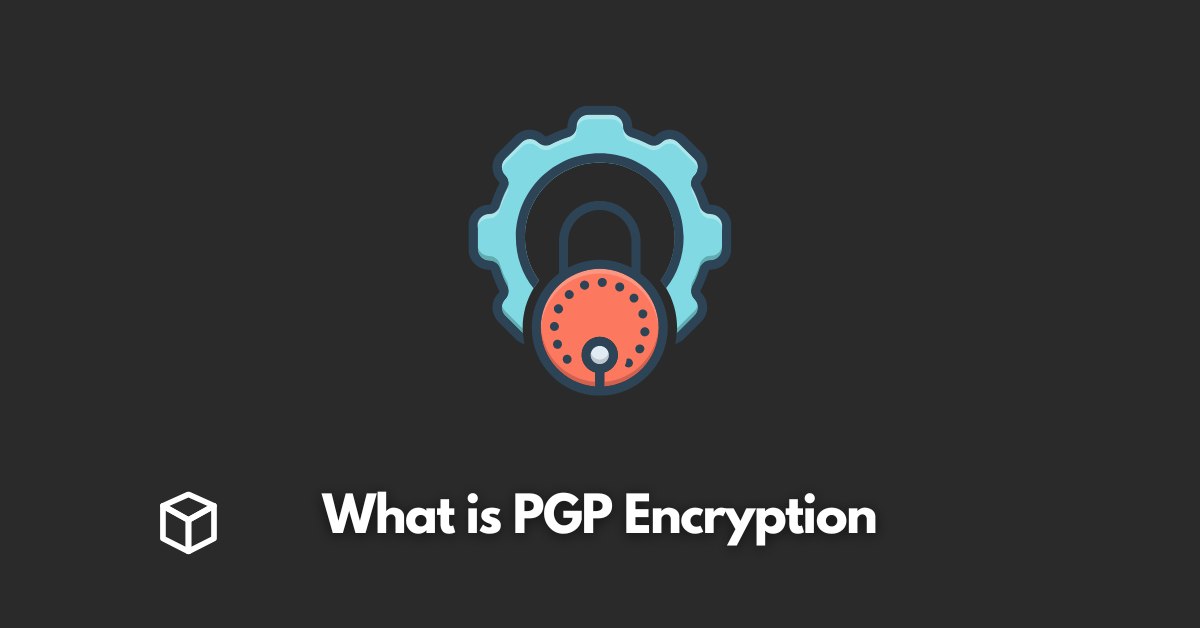In today’s digital age, protecting our personal and professional information is more important than ever.
One way to ensure the security of our sensitive information is through the use of PGP (Pretty Good Privacy) encryption.
In this article, we will explore what PGP encryption is, how it works, and how you can put it into practice to safeguard your own data.
What is PGP Encryption?
PGP encryption is a popular method of encrypting and decrypting digital messages by using a combination of public key and private key encryption.
The basic concept of PGP encryption is that the sender encrypts a message using the recipient’s public key, and the recipient then decrypts it using their corresponding private key.
This process ensures that only the intended recipient can read the message, even if it is intercepted by someone else.
PGP encryption differs from other encryption methods in that it uses a combination of symmetric and asymmetric encryption.
Symmetric encryption uses the same key for both encryption and decryption, while asymmetric encryption uses a pair of keys, one for encryption and one for decryption.
PGP uses symmetric encryption to encrypt the message, and asymmetric encryption to encrypt the symmetric encryption key.
The history of PGP encryption dates back to 1991, when Phil Zimmermann created the first version of the software.
Zimmermann, a civil liberties and privacy advocate, developed PGP as a response to the growing concern about government surveillance and the lack of privacy in electronic communications.
How PGP Encryption Works
PGP encryption is based on the concept of public key encryption.
Public key encryption uses a pair of keys, a public key and a private key, to encrypt and decrypt messages.
The public key is used to encrypt a message, and the private key is used to decrypt it.
When using PGP encryption, the sender first obtains the recipient’s public key.
They then use this key to encrypt the message. The encrypted message is then sent to the recipient, who uses their corresponding private key to decrypt it.
The private key is kept secret and should never be shared with anyone.
In addition to encrypting messages, PGP also allows for the creation of digital signatures.
A digital signature is a way to verify the identity of the sender.
When a sender creates a digital signature, they use their private key to encrypt a message digest (a summary of the message).
The recipient can then use the sender’s public key to decrypt the message digest and verify that the message has not been tampered with.
PGP in Practice
To start using PGP encryption, you will first need to download and install PGP encryption software.
There are several options available, including Gpg4win for Windows and GPG Suite for Mac.
Once you have the software installed, you can begin creating your own public and private keys.
When using PGP encryption, it is important to keep your private key safe and secure.
It means not sharing it with anyone and making sure to use a strong passphrase to protect it.
It’s also essential to verify the identity of the sender before accepting a digital signature.
PGP encryption is widely used in various fields, from financial services to healthcare.
For example, the OpenPGP standard, a variation of PGP, is used to encrypt email communications of the European Union institutions.
Conclusion
In conclusion, PGP encryption is an effective way to ensure the security and privacy of your digital communications.
By using a combination of public key and private key encryption, PGP provides a powerful tool for protecting your sensitive information.
As we continue to rely more and more on digital communication in our personal and professional lives, it has become important to take steps to protect our sensitive information.
PGP encryption is a powerful tool for doing just that, and by understanding how it works and putting it into practice, we can all take steps to safeguard our own data.
FAQs about PGP Encryption
What is PGP encryption?
PGP encryption is a method of encrypting and decrypting digital messages using a combination of public key and private key encryption.
What is the difference between PGP encryption and other encryption methods?
PGP encryption differs from other encryption methods in that it uses a combination of symmetric and asymmetric encryption.
Who created PGP encryption?
PGP encryption was created by Phil Zimmermann in 1991.
How does PGP encryption work?
PGP encryption works by encrypting the message using the recipient’s public key and then decrypting it using the recipient’s private key.
What is the role of the private key in PGP encryption?
The private key is used to decrypt messages that have been encrypted with the corresponding public key.
Can PGP encryption be used to encrypt any type of file?
Yes, PGP encryption can be used to encrypt any type of file, including documents, images, and videos.
What are the best practices for using PGP encryption?
Best practices for using PGP encryption include keeping your private key safe and secure, verifying the identity of the sender before accepting a digital signature, and using a strong passphrase to protect your private key.
Are there any real-world examples of PGP encryption in use?
Yes, PGP encryption is widely used in various fields ranging from financial services to healthcare service.
For example, the OpenPGP standard which is a variation of PGP, is used to encrypt email communications of the European Union institutions.
Can I use PGP encryption on my mobile phone?
Yes, there are PGP encryption apps available for both iOS and Android devices.
Is PGP encryption the only way to protect my sensitive information?
No, PGP encryption is just one of many ways to protect your sensitive information. Other methods include using a virtual private network (VPN) and two-factor authentication (2FA).




